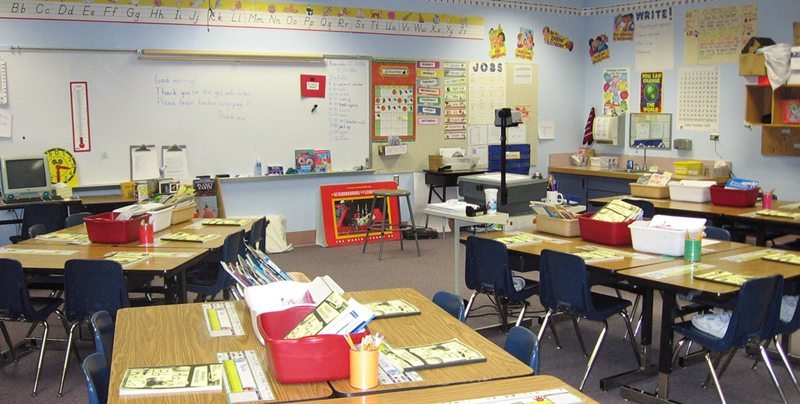Further reduction of primary class sizes “cannot be achieved within existing resources”, Perth and Kinross Council will be warned this week.
As part of the concordat between the Scottish Government and local authorities, class sizes were to be reduced to 18 pupils for 20% of primary one to three children.
The policy is one of the government’s top priorities and other concordat commitments are allowed to slip as long as year-on-year progress is made.
Although the local council has achieved this with a projected 20.5% in 2010/11 a report to Wednesday’s meeting of the lifelong learning committee said that no more can be done at this stage.
Education and children’s services executive director John Fyffe said, “Perth and Kinross Council is also required to continue to make progress on reducing class sizes beyond 2010 in line with the current concordat ‘year on year’.
“This will be subject to the availability of resources to do so for both teaching staff and additional classrooms and cannot be achieved within existing resources available.”
He added, “This lack of availability of additional accommodation within Perth and Kinross schools is an issue due to the increase in the population, which has created pressure on accommodation.”
The council’s current policy is that P1 classes will have no more than 25 pupils and the average class size for P1 to P3 in council schools in the current school year is 20-21 pupils.
To meet the national commitment for class sizes, it is proposed some primary teaching posts will be redistributed to enable the reduction to take place in schools where an extra class stream can be accommodated.
The council is also committed to exceed the national target by providing extra funding to allow additional teaching posts to be used to ensure that more than 20% of P1-P3 will be taught in class sizes of 18 pupils or fewer from August.
Lifelong learning convener Councillor Liz Grant said, “Reducing class sizes in P1 to P3 will benefit pupils in these classes by increasing teacher/pupil contact.”
Photo used under Creative Commons licence courtesy of Flickr user LizMarie.
